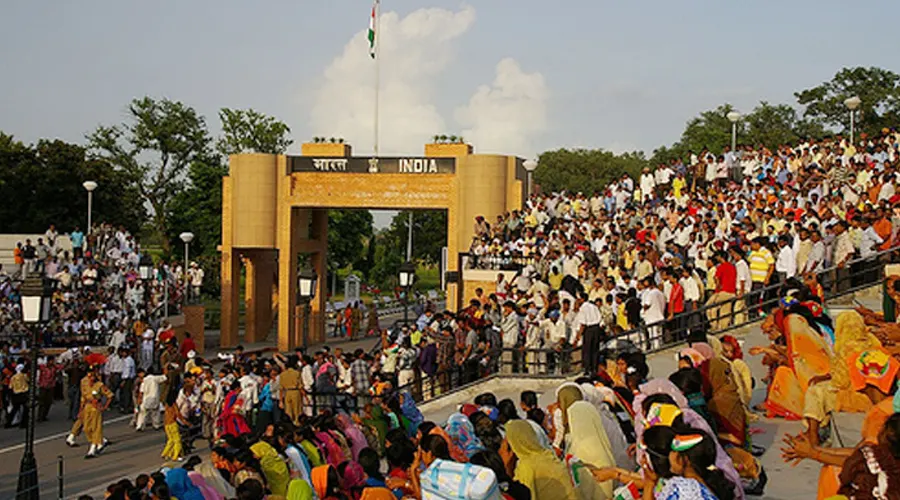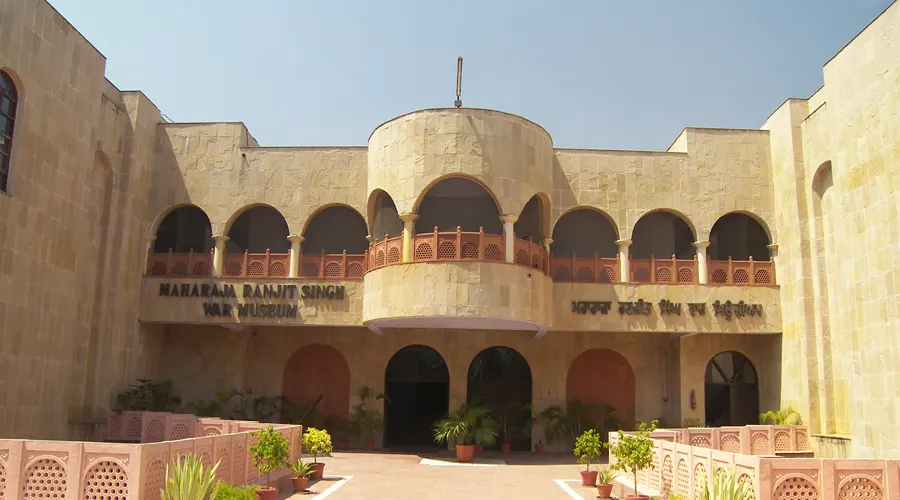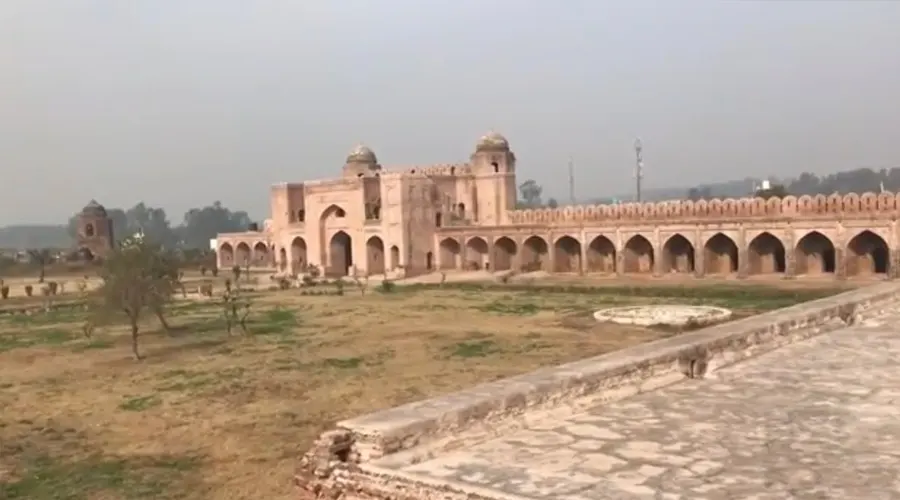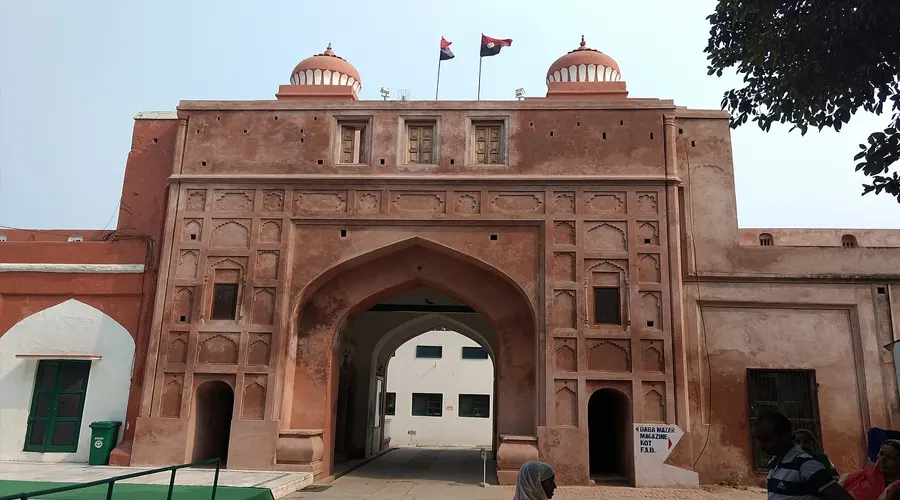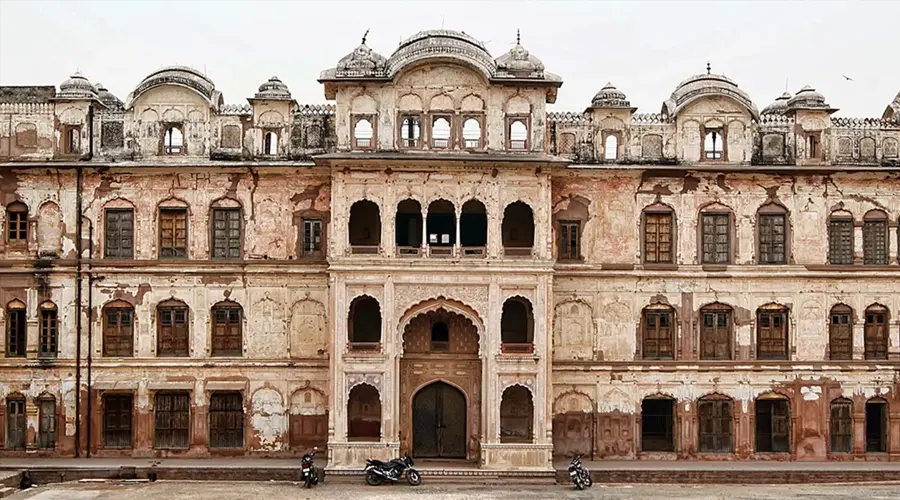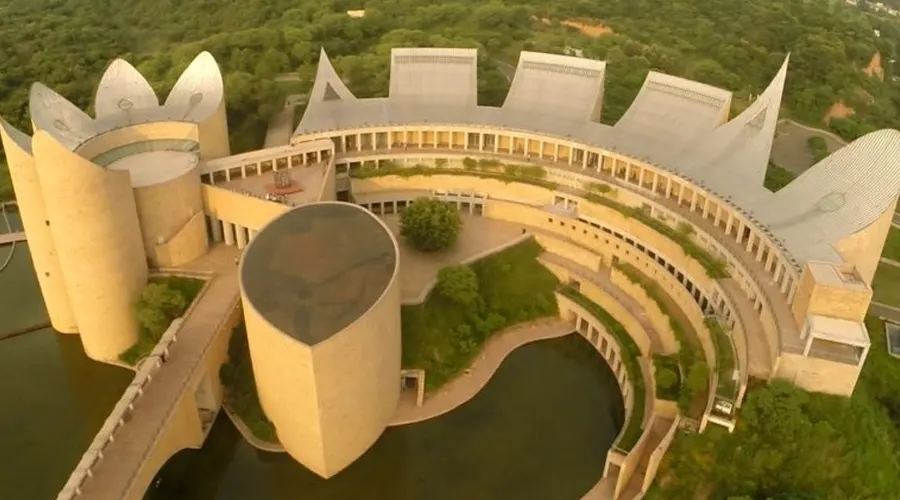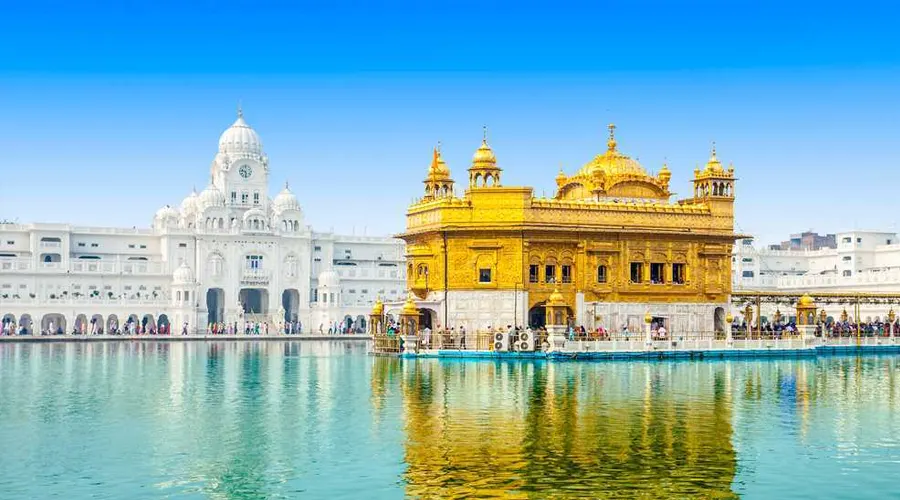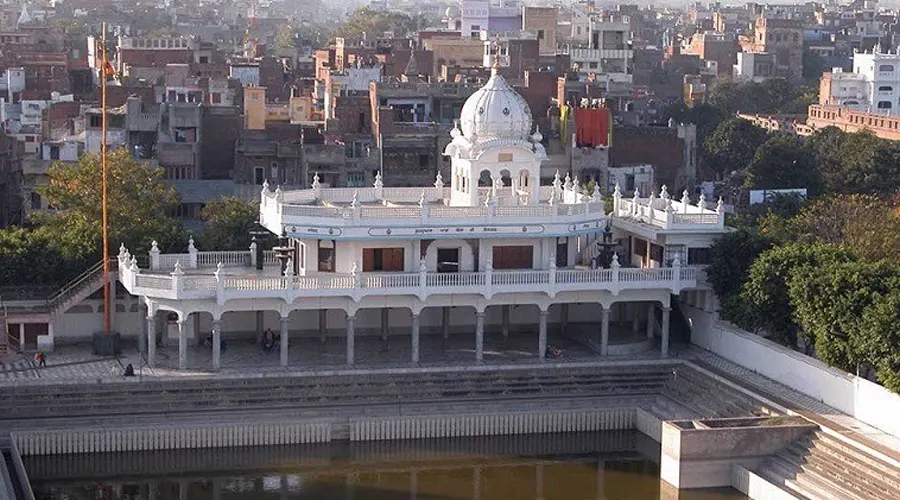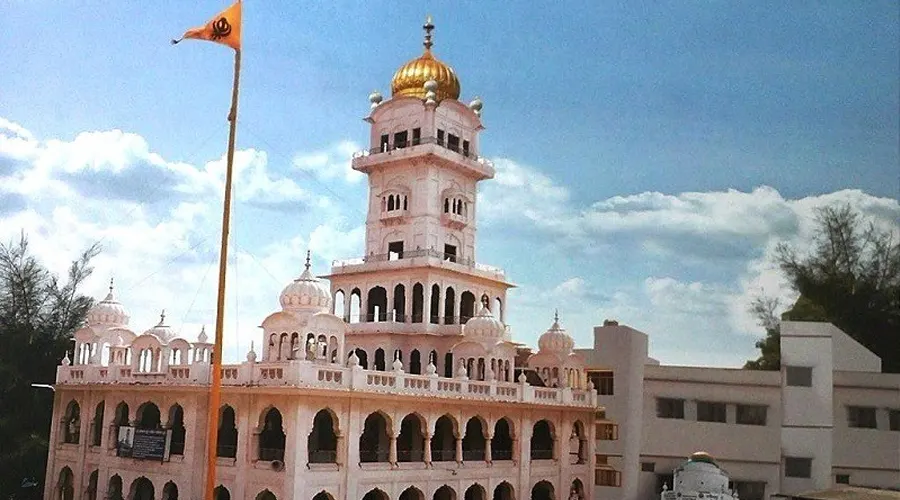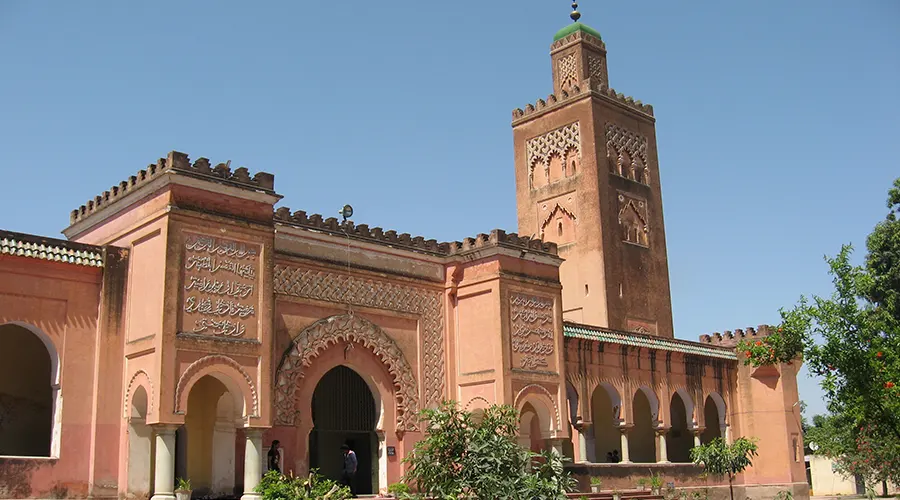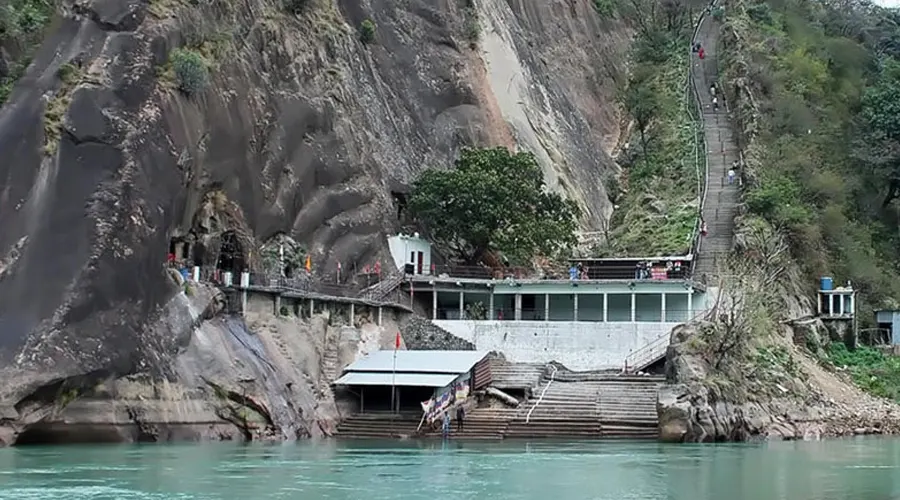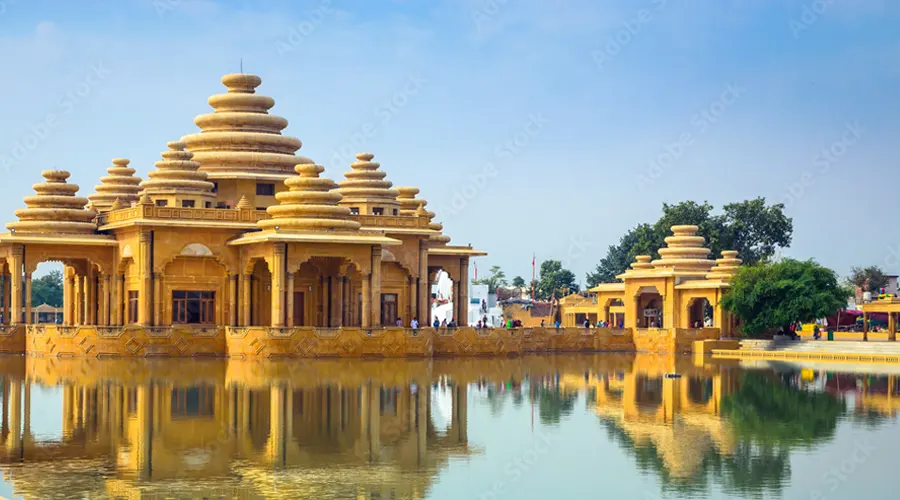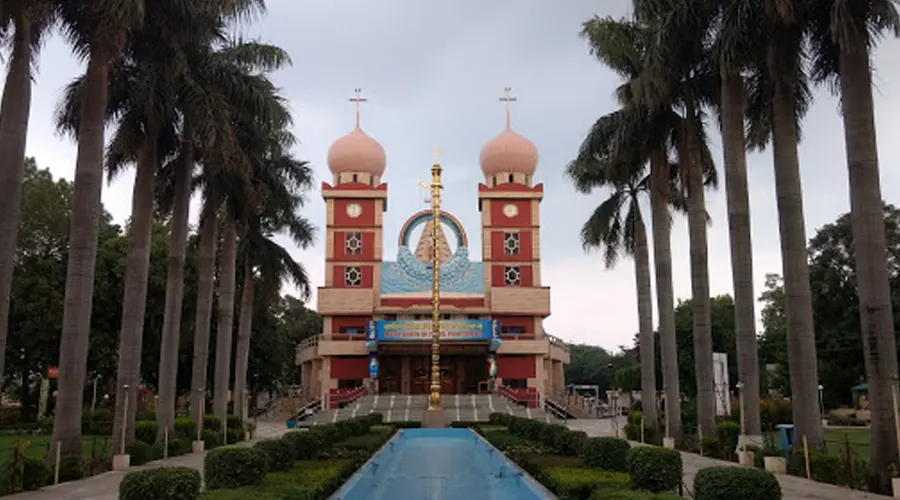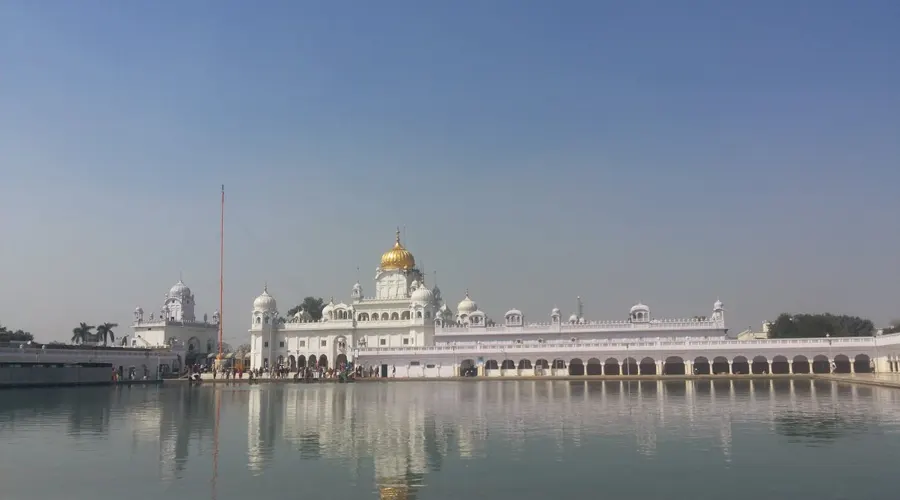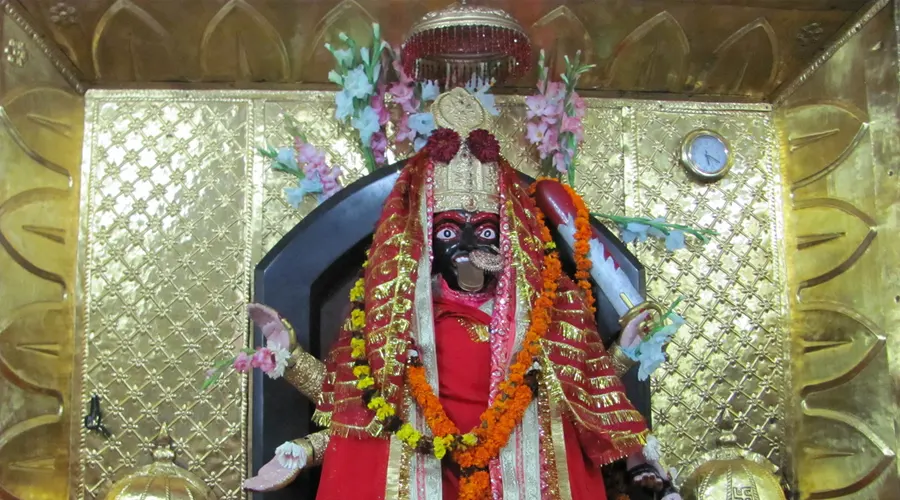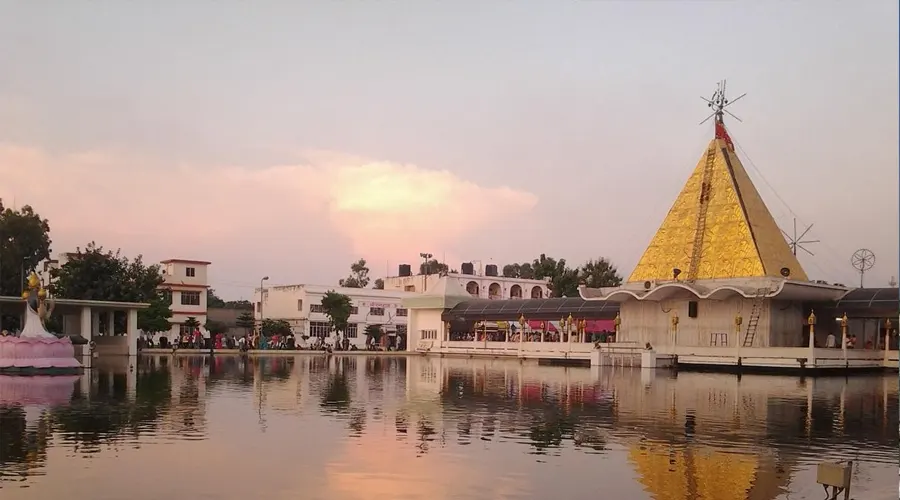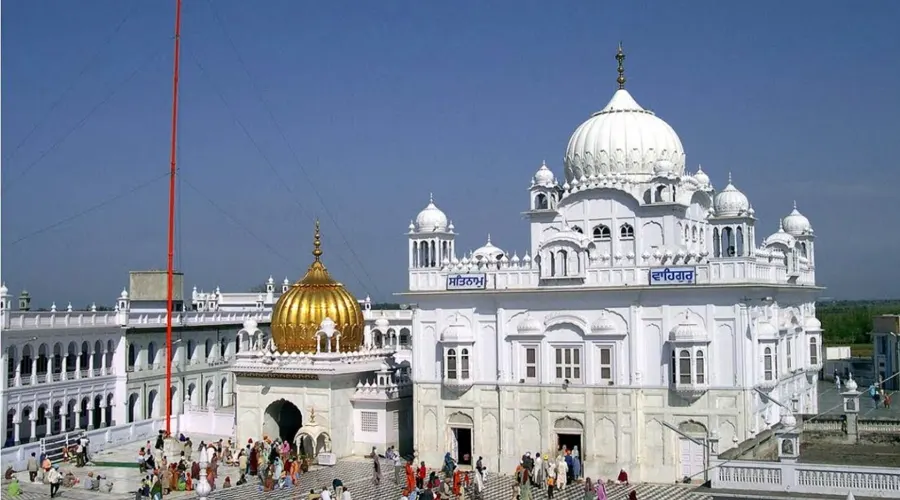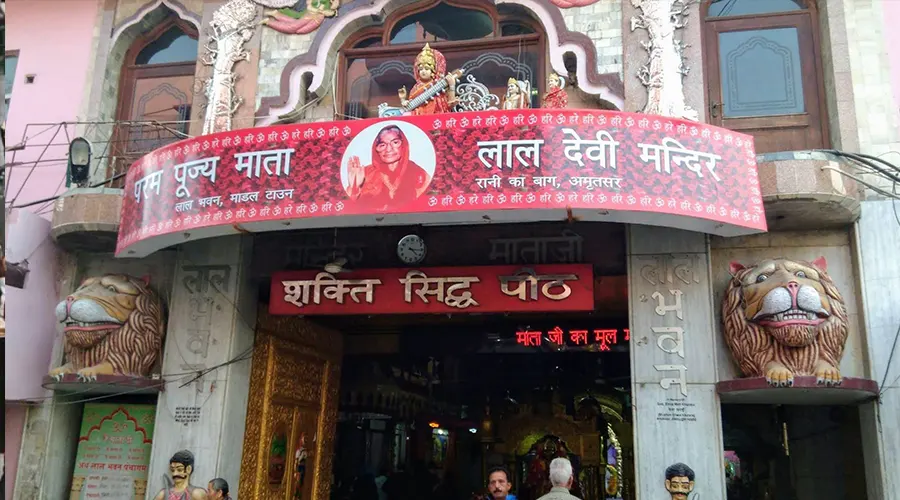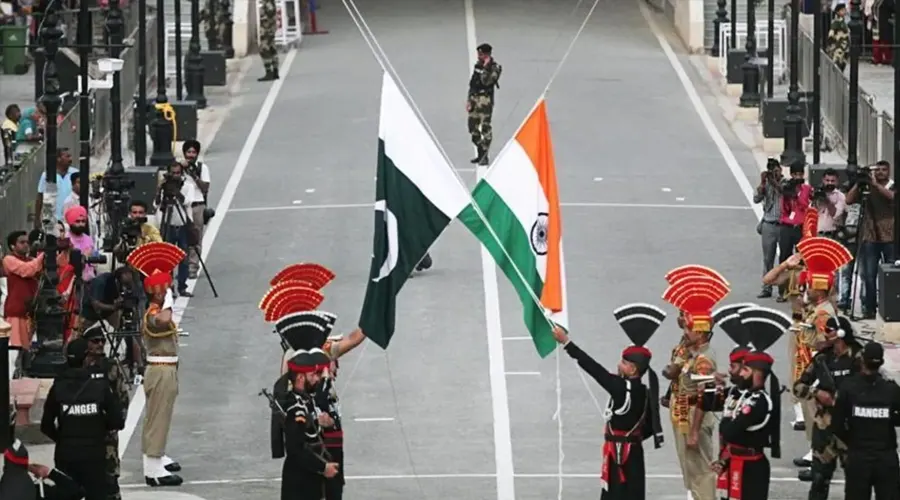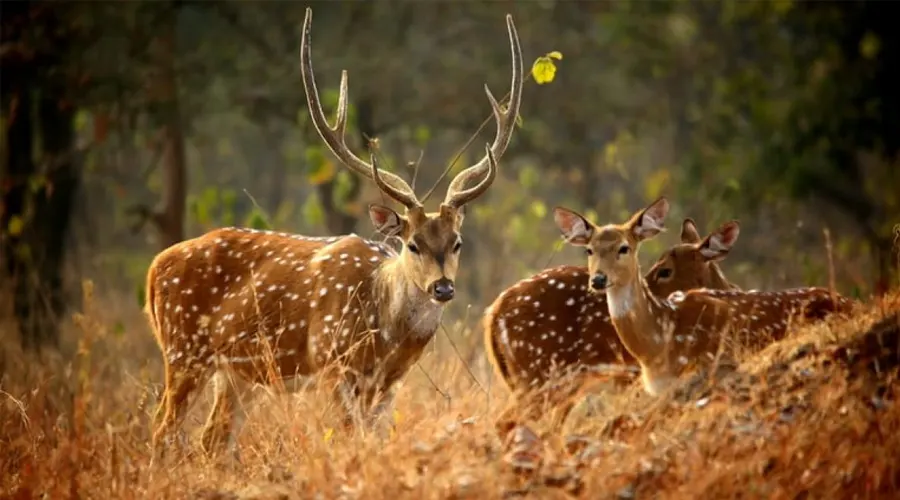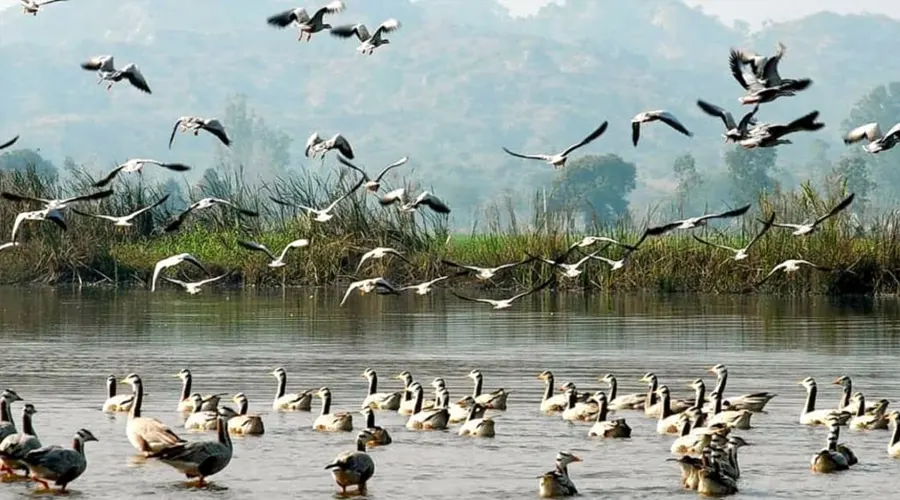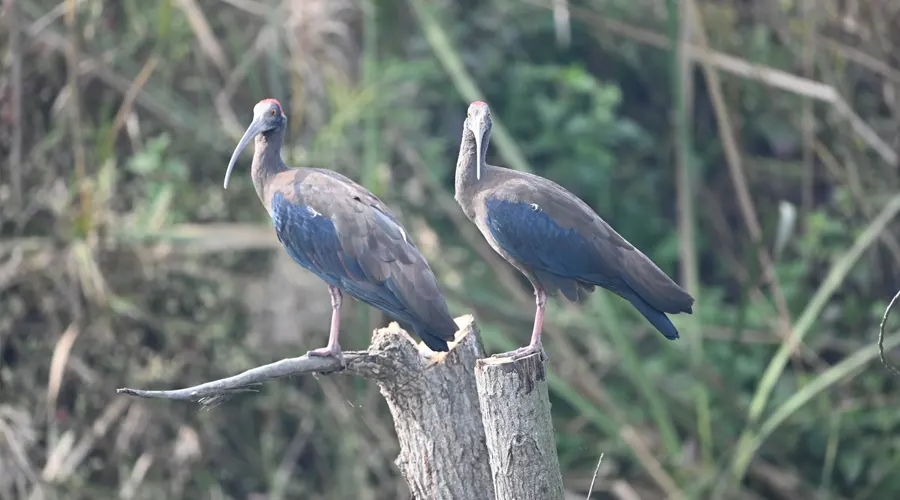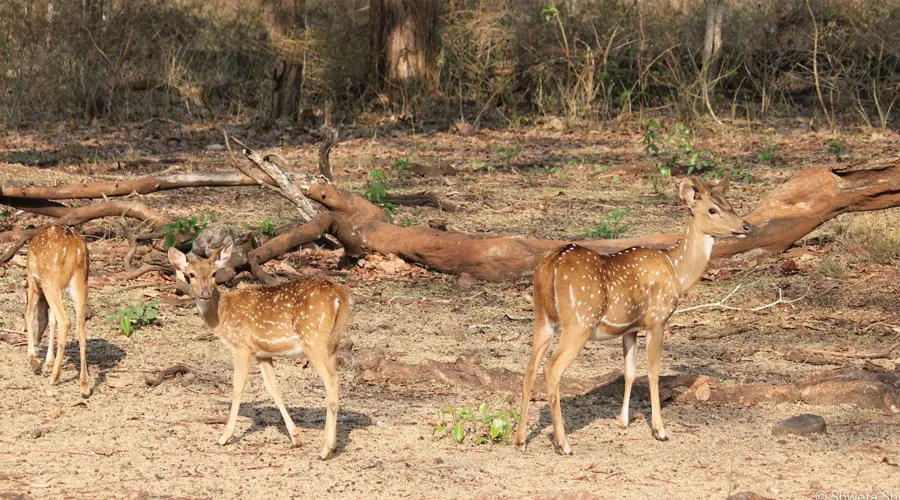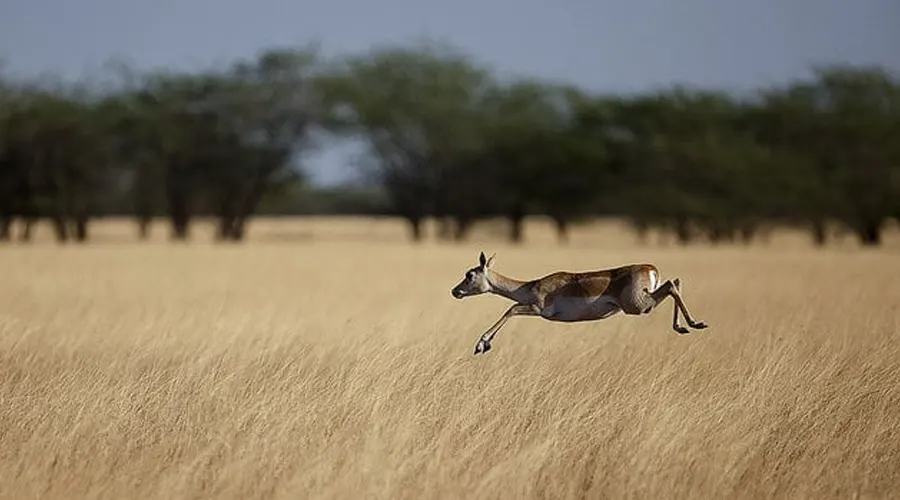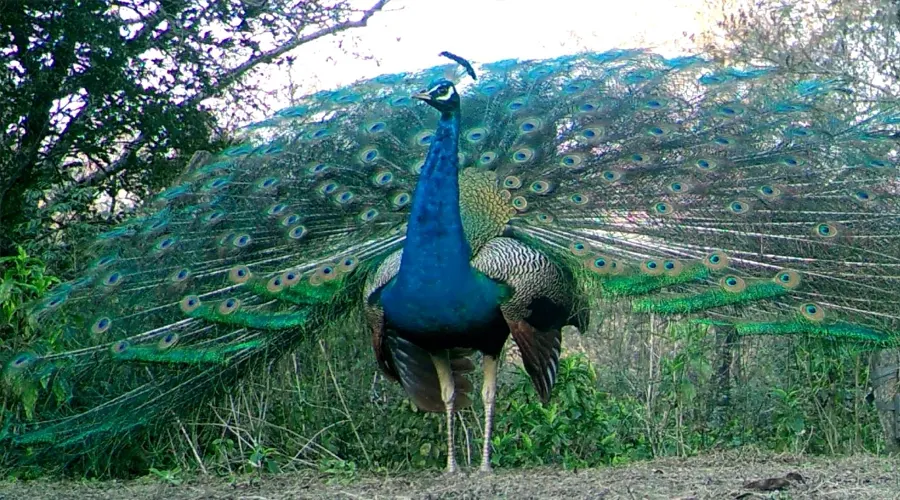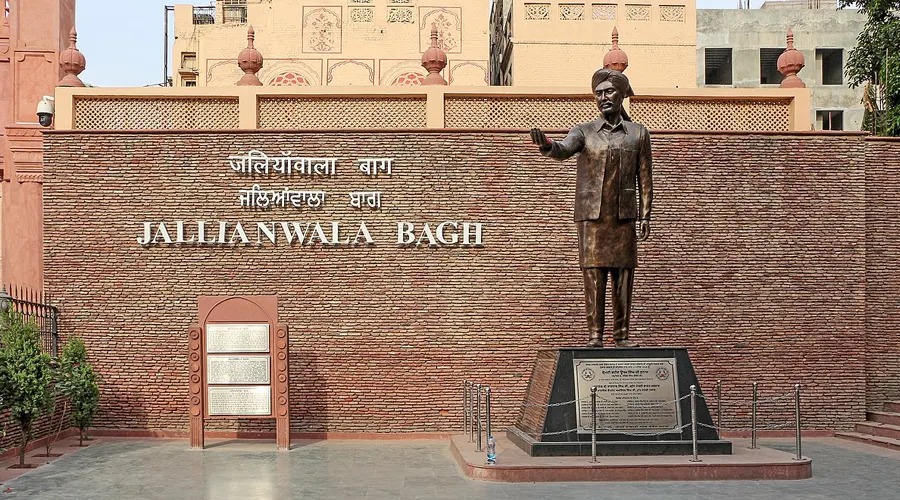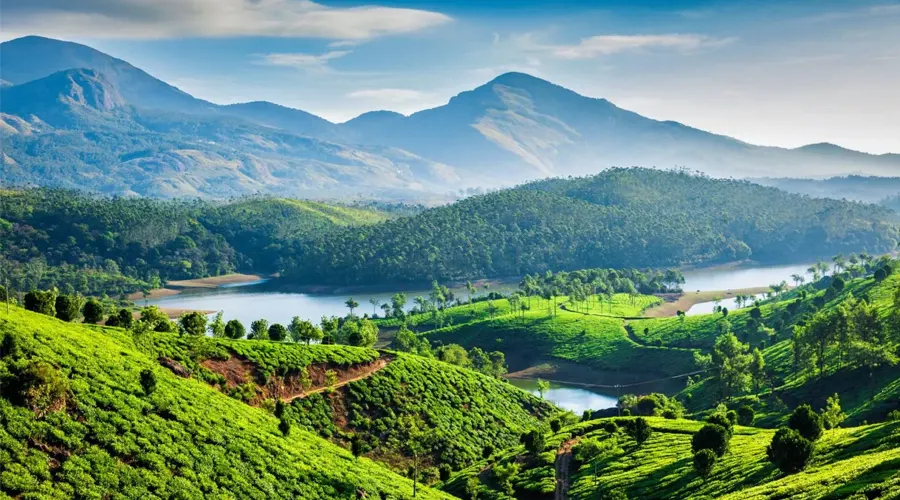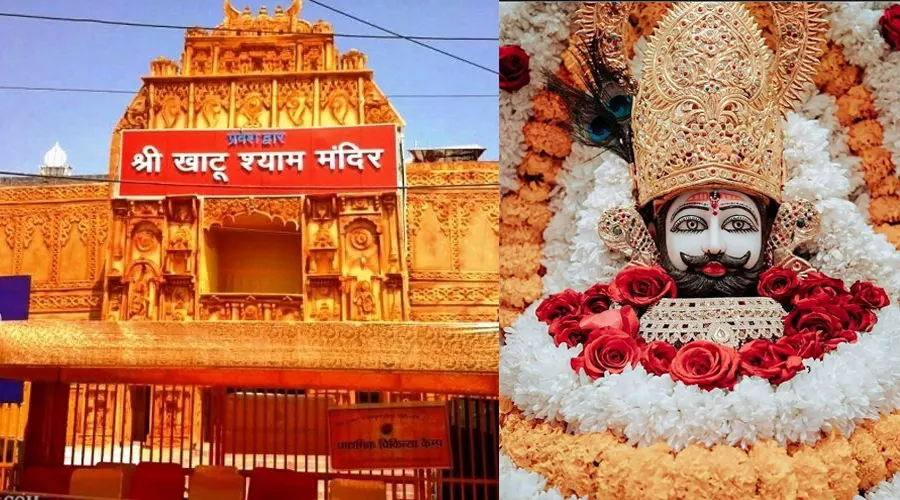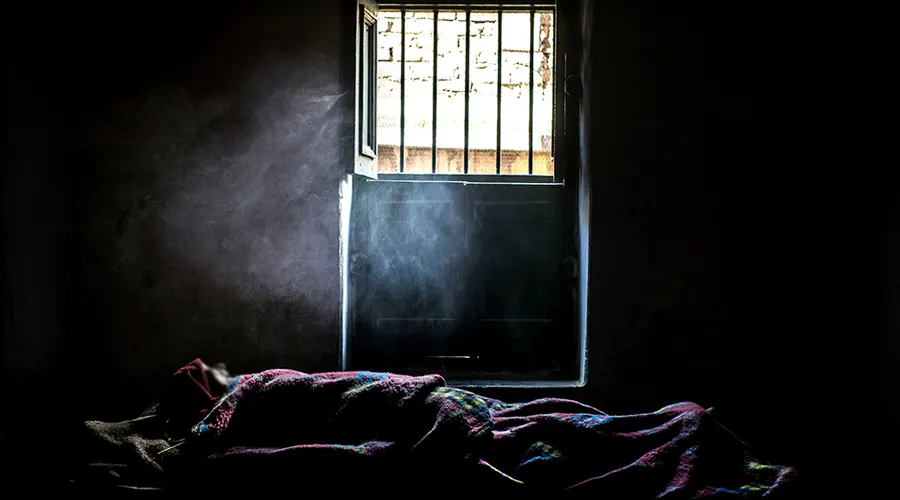Explore Punjab: Rich History, Vibrant Culture, Delicious Cuisine, and Festivals
Punjab, often referred to as the "Land of Five Rivers," is a vibrant and culturally rich state located in the northwestern part of India. Known for its warm-hearted people and an extraordinary blend of spirituality and history, Punjab offers a captivating journey for all who visit. The Golden Temple in Amritsar, one of the most revered spiritual sites in the world, stands as a beacon of peace and tranquility, drawing millions of devotees and travelers alike.
The state's streets, particularly in cities like Patiala and Ludhiana, are bustling with life, where ancient traditions blend seamlessly with modern-day influences. With its lively festivals, historic forts, and sacred shrines, Punjab is a land that celebrates both its rich heritage and vibrant present.
Beyond its religious significance, Punjab is a paradise for food lovers. Known for its hearty and flavorful cuisine, the state offers a variety of delicious dishes, including buttery parathas, dal makhani, and the world-famous butter chicken. The warmth of the people is reflected in their hospitality, making every meal feel like a special occasion. With its picturesque countryside, including sprawling wheat fields and vibrant mustard blossoms, Punjab's landscape is equally captivating. Whether you're exploring its historical landmarks, experiencing its festivals like Baisakhi and Lohri, or simply soaking in the tranquility of the Golden Temple, Punjab promises an unforgettable experience that captures the essence of India's cultural diversity.
Top Tourist Attractions in Punjab: Must-Visit Destinations
Golden Temple (Harmandir Sahib), Amritsar
Wagah Border Ceremony
Gobindgarh Fort, Amritsar
Heritage Street, Amritsar
Fateh Burj, Mohali
Qila Mubarak, Patiala
History of Punjab: A Land Steeped in Ancient Heritage and Glory
Punjab, known as the "Land of Five Rivers," has a rich history shaped by ancient civilizations like the Indus Valley. It was later influenced by various empires, including the Mauryas, Guptas, and Rajputs. The rise of Sikhism in the 15th century, led by Guru Nanak, marked a significant chapter. The Sikh Empire under Maharaja Ranjit Singh flourished in the 19th century. During British colonial rule, and the Partition of 1947, Punjab’s history underwent profound changes, making it a region of deep cultural and political significance today.
Architecture of Punjab: A Fusion of Cultures and Traditions
Punjab's architecture is a blend of Sikh, Islamic, and colonial influences. The Golden Temple in Amritsar, with its stunning golden domes, represents Sikh architectural excellence. Traditional havelis with courtyards and frescoes, like those in Patiala, reflect the region's aristocratic past. Islamic architecture is seen in mosques and tombs, such as the Badshahi Mosque. British colonial buildings, such as palaces and government structures, add a Victorian touch to the region's diverse architectural heritage.
Vibrant Festivals of Punjab: Celebrating Culture and Tradition
Baisakhi (April)
Lohri (January)
Diwali (October/November)
Punjabi Cuisine: A Flavorful Journey Through Traditional Dishes and Tastes
- Butter Chicken: A rich and flavorful curry made with succulent chicken simmered in a creamy tomato and butter-based sauce.
- Sarson da Saag and Makki di Roti: A traditional dish of mustard greens served with cornmeal flatbread.
- Amritsari Kulcha: A stuffed bread, typically served with chickpea curry.
- Lassi: A classic yogurt-based beverage, enjoyed in both sweet and savory versions, known for its refreshing and cooling qualities.
Best Time to Visit Punjab: Ideal Seasons for Exploring the Rich Culture
How to Reach Punjab: Travel Options for Every Explorer
By Air: Punjab is well-connected by air, with major airports in Amritsar (Sri Guru Ram Dass Jee International Airport) and Chandigarh (Chandigarh International Airport). These airports offer domestic and limited international flights.
By Train: Punjab has an extensive railway network. Major stations include Amritsar Junction, Ludhiana Junction, and Jalandhar City, connecting the state to various parts of India.
By Road: Punjab is accessible by road from neighboring states. National Highways and state roads connect cities like Amritsar, Chandigarh, and Ludhiana to Delhi, Haryana, and Himachal Pradesh.
Where to Stay in Punjab
Conclusion

